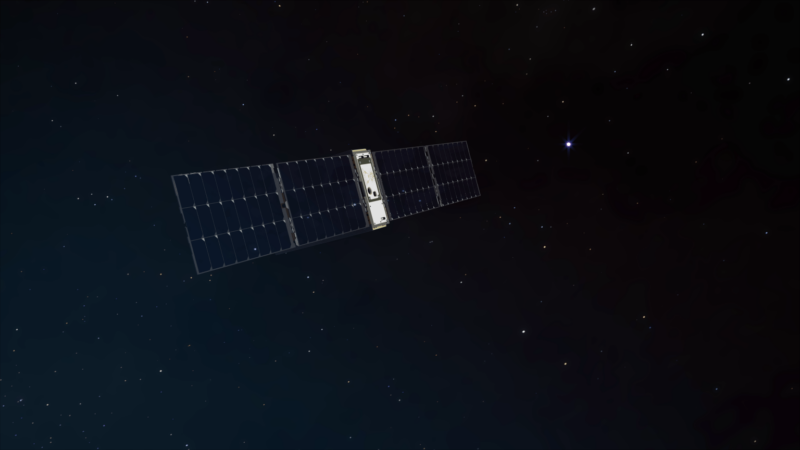Led by the US federal space agency’s Goddard Space Flight Center in Greenbelt, Maryland, the tiny BurstCube was lifted off from Launch Complex 40 at Cape Canaveral Space Force Station in Florida

NASA's BurstCube on its way to ISS to study cosmic explosions. (Credit: NASA's Goddard Space Flight Center Conceptual Image Lab)
NASA has launched a shoebox-sized satellite, dubbed BurstCube, to the International Space Station (ISS) with a mission to study cosmic explosions.
Led by the US federal space agency’s Goddard Space Flight Center in Greenbelt, Maryland, the tiny BurstCube was lifted off from Launch Complex 40 at Cape Canaveral Space Force Station in Florida.
The spacecraft travels aboard SpaceX’s 30th Commercial Resupply Services mission. Upon its arrival at the ISS, the BurstCube will be unpacked and later released into orbit in order to detect, locate, and study short gamma-ray bursts.
According to NASA, the BurstCube’s primary instrument detects gamma rays with energies ranging from 50,000 to one million electron volts.
The collisions create short gamma-ray bursts and produce heavy elements like gold and iodine.
Once a gamma ray enters one of BurstCube’s four detectors, it comes into contact with a cesium iodide layer called a scintillator that converts it into visible light. The light will then enter another layer which converts it into a pulse of electrons.
The shoebox-sized satellite belongs to a class of spacecraft called CubeSats.
CubeSats offer cost-effective access to space to foster groundbreaking science, test new technologies, and help educate the next generation of scientists and engineers in mission development, construction, and testing.
The BurstCube mission is funded by the Science Mission Directorate’s astrophysics division at NASA headquarters.
NASA’s Goddard Space Flight Center BurstCube’s principal investigator Jeremy Perkins said: “BurstCube may be small, but in addition to investigating these extreme events, it’s testing new technology and providing important experience for early career astronomers and aerospace engineers.”


